Using solar energy, water, and lunar soil, scientists were able to carry out reactions needed to sustain human life on the Moon.


Using solar energy, water, and lunar soil, scientists were able to carry out reactions needed to sustain human life on the Moon.

Gravitational waves produced by the phase transitions of matter right after the Big Bang could provide new insights into particle physics.
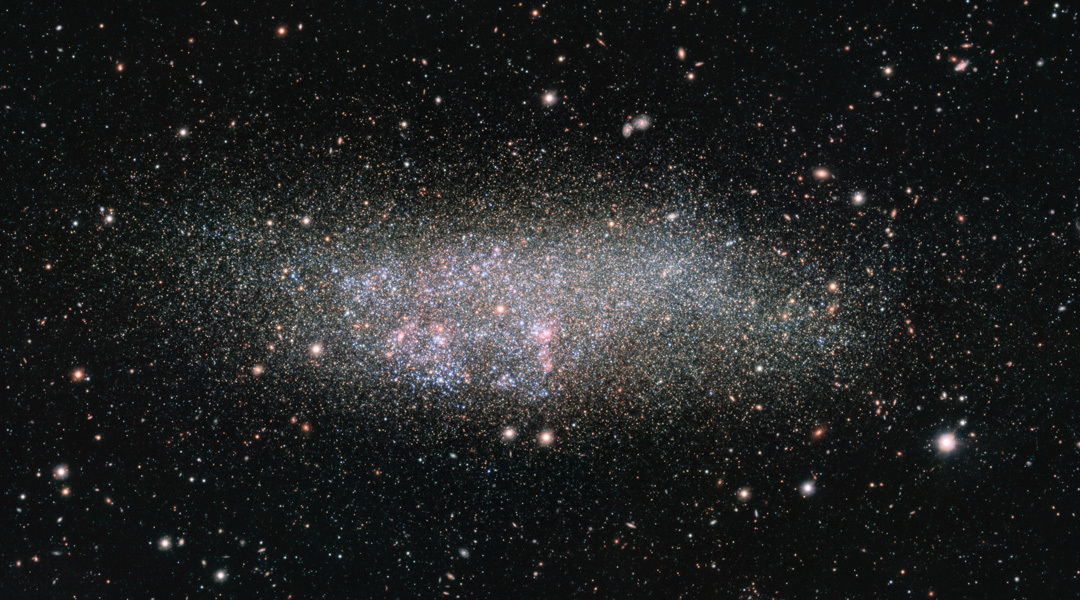
Strange behaviour in an isolated galaxy leads to the discovery of matter in a region of space previously thought to be empty.
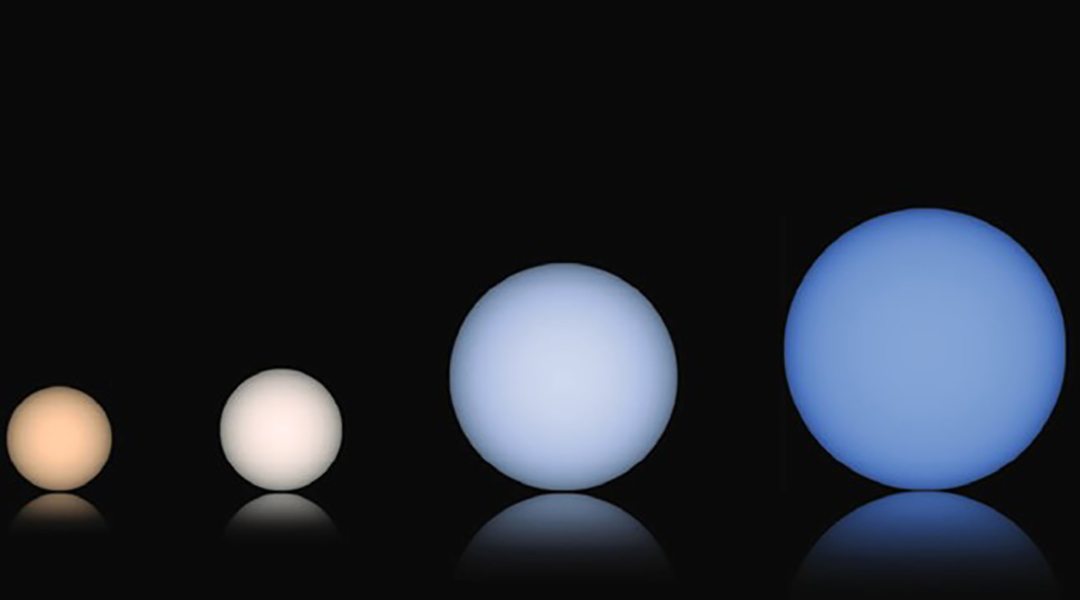
Stars are depicted using different colors, but are they accurate? A new scientific color palette aims to put misrepresentations to rest.

Astronomers capture images of a four billion-year-old relic that fell from the theorized Oort Cloud that encircles our Solar System.
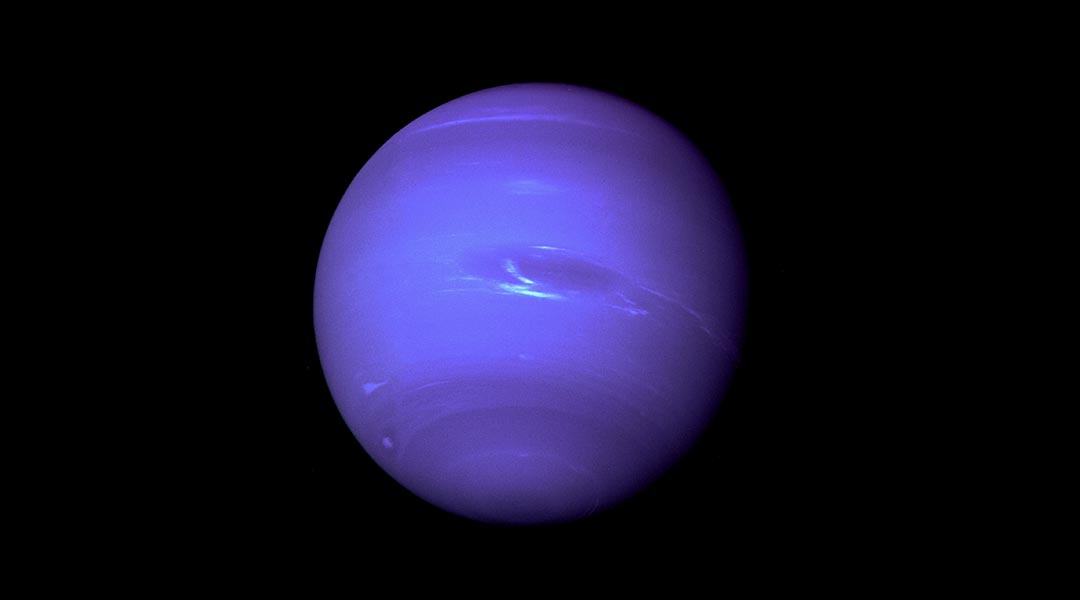
A compilation of data gathered over the last 20 years shows a surprising drop in global temperatures on Neptune.
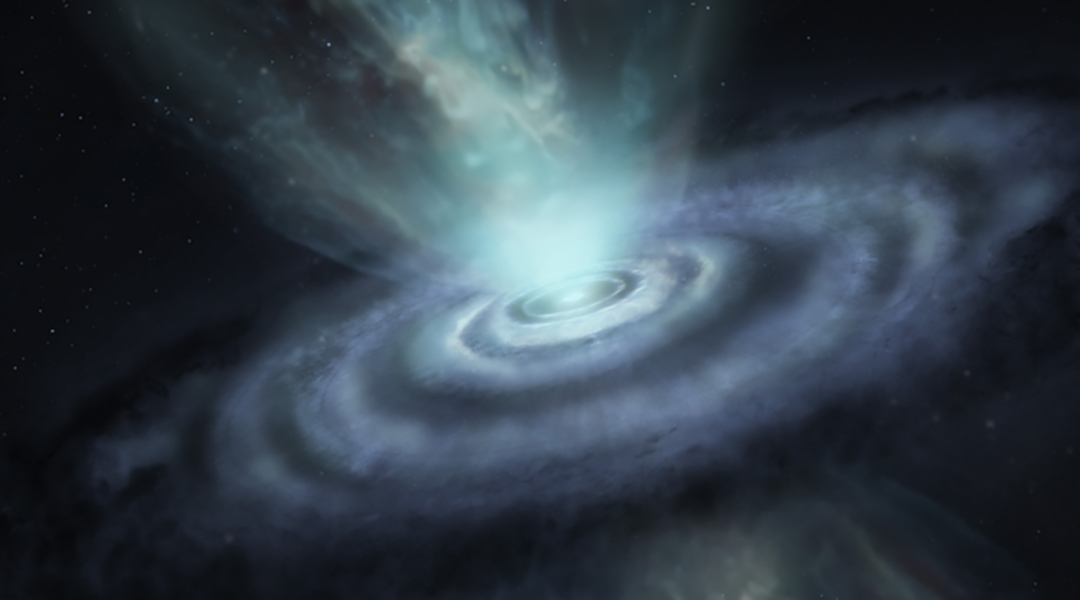
Scientists have observed the mysterious death of a carbon-rich star, which was characterized by the mass ejection of matter into space.
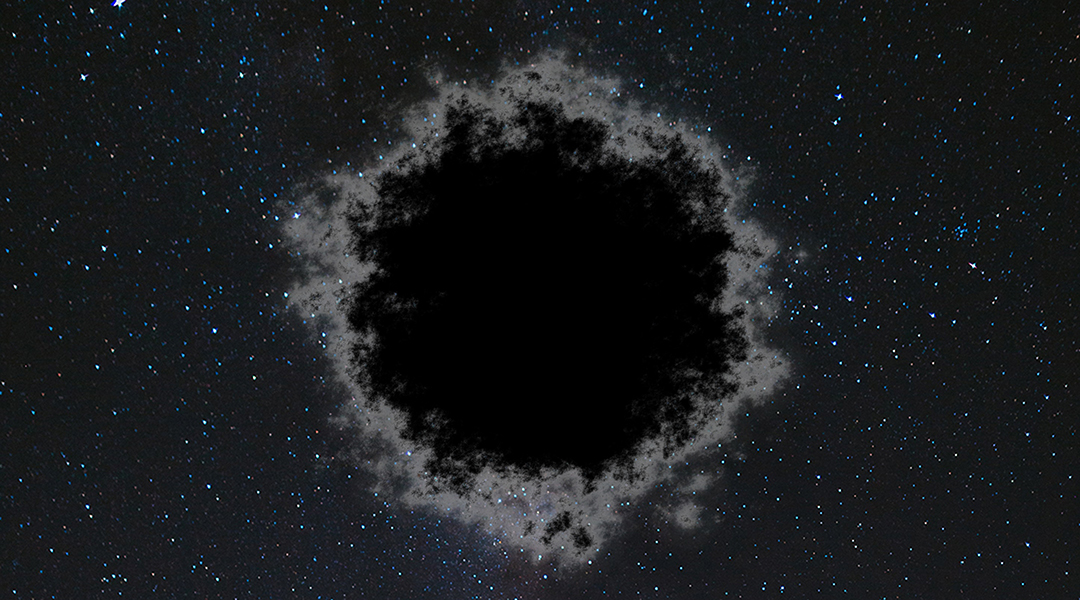
Scientists have turned to string theory to better understand black holes, proposing they can be modeled as “fuzzballs” made up of interacting strings.

Scientists have observed a peculiar object emitting radio waves once every 20 minutes, and it may be a new kind of neutron star.
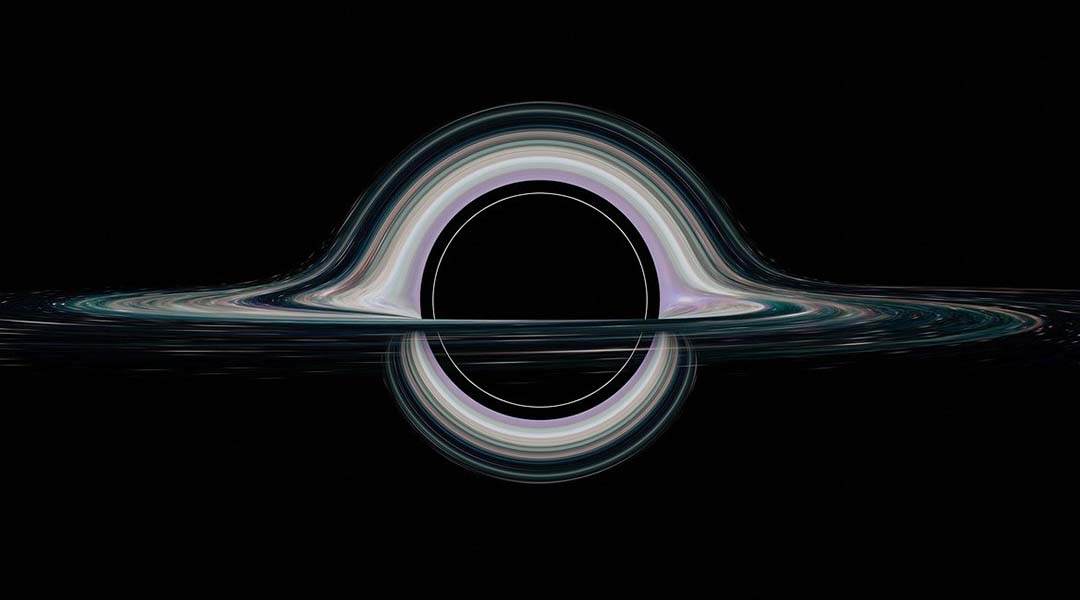
Physicists hope to detect asymmetry in spinning black holes using NASA’s LISA telescope to finally provide proof of quantum gravity.